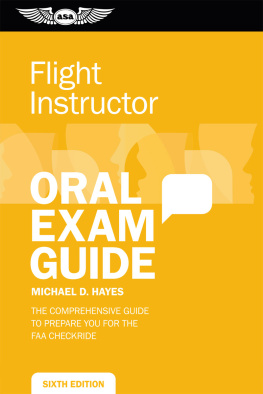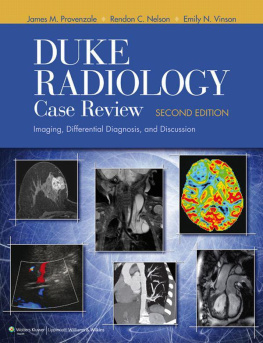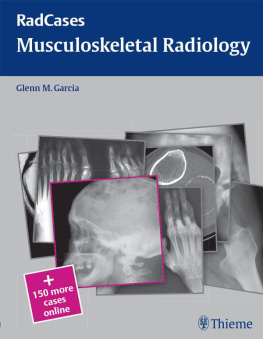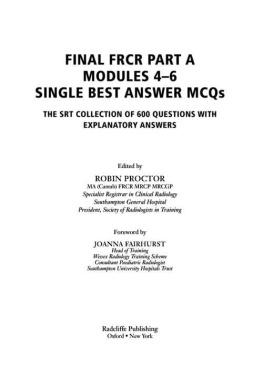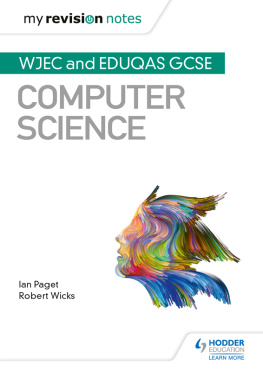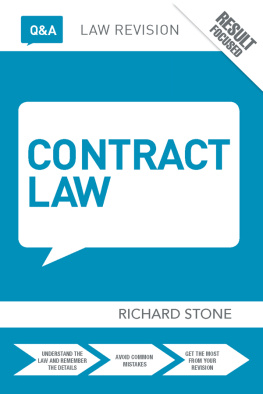The Final FRCR Complete Revision Notes The Final FRCR Complete Revision Notes Vincent Helyar and Aidan Shaw

CRC Press Taylor & Francis Group 6000 Broken Sound Parkway NW, Suite 300 Boca Raton, FL 33487-2742 2018 by Taylor & Francis Group, LLC CRC Press is an imprint of Taylor & Francis Group, an Informa business No claim to original U.S. Government works Printed on acid-free paper International Standard Book Number-13: 978-1-4822-5972-8 (Paperback) 978-1-138-30686-8 (Hardback) This book contains information obtained from authentic and highly regarded sources. While all reasonable efforts have been made to publish reliable data and information, neither the author[s] nor the publisher can accept any legal responsibility or liability for any errors or omissions that may be made. The publishers wish to make clear that any views or opinions expressed in this book by individual editors, authors or contributors are personal to them and do not necessarily reflect the views/opinions of the publishers. The information or guidance contained in this book is intended for use by medical, scientific or health-care professionals and is provided strictly as a supplement to the medical or other professionals own judgement, their knowledge of the patients medical history, relevant manufacturers instructions and the appropriate best practice guidelines. Because of the rapid advances in medical science, any information or advice on dosages, procedures or diagnoses should be independently verified.
The reader is strongly urged to consult the relevant national drug formulary and the drug companies and device or material manufacturers printed instructions, and their websites, before administering or utilizing any of the drugs, devices or materials mentioned in this book. This book does not indicate whether a particular treatment is appropriate or suitable for a particular individual. Ultimately it is the sole responsibility of the medical professional to make his or her own professional judgements, so as to advise and treat patients appropriately. The authors and publishers have also attempted to trace the copyright holders of all material reproduced in this publication and apologize to copyright holders if permission to publish in this form has not been obtained. If any copyright material has not been acknowledged please write and let us know so we may rectify in any future reprint . Except as permitted under U.S.
Copyright Law, no part of this book may be reprinted, reproduced, transmitted, or utilized in any form by any electronic, mechanical, or other means, now known or hereafter invented, including photocopying, microfilming, and recording, or in any information storage or retrieval system, without written permission from the publishers. For permission to photocopy or use material electronically from this work, please access www.copyright.com (http://www.copyright.com/) or contact the Copyright Clearance Center, Inc. (CCC), 222 Rosewood Drive, Danvers, MA 01923, 978-750-8400. CCC is a not-for-profit organization that provides licenses and registration for a variety of users. For organizations that have been granted a photocopy license by the CCC, a separate system of payment has been arranged. Trademark Notice: Product or corporate names may be trademarks or registered trademarks, and are used only for identification and explanation without intent to infringe.
Visit the Taylor & Francis Web site at http://www.taylorandfrancis.com and the CRC Press Web site at http://www.crcpress.com The transition from the FRCR Part 1 to FRCR Part 2 is always a challenge. The first part of the examination demands encyclopaedic knowledge of several subjects. Although understanding is important, there is no getting away from the fact that in order to pass this examination a candidate needs to extensively read and absorb many details. Part 2 is very differentalthough wide reading and extensive knowledge would help, this examination is mainly a test of a candidates ability to use his or her knowledge to make appropriate clinical diagnoses and management decisions. Many candidates find it difficult to switch from MCQ mode to the pragmatic and sensible approach required for the second part of the FRCR examination. Although there is no substitute for clinical practice for making this necessary transition, this excellent book by Dr.
Aidan Shaw and Dr. Vincent Helyar will help FRCR Part 2 candidates to focus on real clinical issues in a sensible way and to think like practising radiologists in real clinical situations. It adopts a succinct, accessible style peppered with the kind of pertinent points which trainees usually only pick up as they move through a sub-specialty. Plain radiographs and cross-sectional imaging examinations of excellent quality are annotated clearly and are accompanied by the main differential diagnoses presented in a format that is easy to read and memorise. I anticipate that the book will be used as an adjunct to major textbooks for the purposes of revision, and as a self-testing aid as the examination approaches. It is enjoyable to read and easy to use, and its authors can take pride in a challenging task extremely well accomplished.
Andreas Adam, CBE Professor of Interventional Radiology Guys and St. Thomas NHS Foundation Trust London, UK I dedicate this book to my family, my wife Sinad and my daughters Clara and Elizabeth for their love and support. I am very grateful to my parents for giving me my love of words and to my mother for the inspiration to write. Vincent Helyar I would like to dedicate this book to my amazing wife Juliette and my son Edward for their continuing love, support and understanding throughout the writing of this book and my career. I would also like to thank my legendary parents, Bryn and Ozden. Without their continual love and support, I would not be where I am today.
Aidan Shaw This book is the product of several years of hard labour, the aim being to produce a definitive revision manual for the unfortunate souls preparing for the final Fellowship of the Royal College of Radiologists (FRCR). The aim of the book is to support you in preparation both for the written 2a exams as well as the oral and written 2b component. In each topic covered in this book, we hope that you will find enough information to understand the clinical context of a condition and its key imaging characteristics. Some information that you may find particularly useful is highlighted throughout in boxes. To help you pass the 2a modules, we suggest you: Over-preparedo not underestimate how much work these exams require! Start early and read widely (expect about 3 months of preparation per module if working in the evenings and occasional weekends). Do as many multiple choice questions (MCQs) as you can and read up on everything you do not know.
For the 2b modules, we suggest you: Over-prepare. Report lots of plain films. Read some case study texts early on (e.g. 46 months pre-exam). Focus on viva practice, especially in the last 23 months. Avoid burnoutknow when to have time out! Do at least 70 dedicated rapid-reporting plain film packs.
Use a checklist for rapid reporting. Rehearse spiels for classic caseswhether or not you use them, it will build your confidence in presenting a case. Practice with your peers. The FRCR examination is a great challenge to prepare for, not least because of the sheer volume of information. You will be expected to have both a breadth and depth of knowledge, and in the dreaded final viva, you will be expected to assimilate all of this under pressured conditions in order to proffer a handful of sensible differential diagnosesgood luck! Rest assured that your hard work will pay off and you will emerge with a very robust qualification. Dr Vincent Helyar, FRCR EBIR is a Consultant Interventional Radiologist at Hampshire Hospitals NHS Foundation Trust.
Next page

